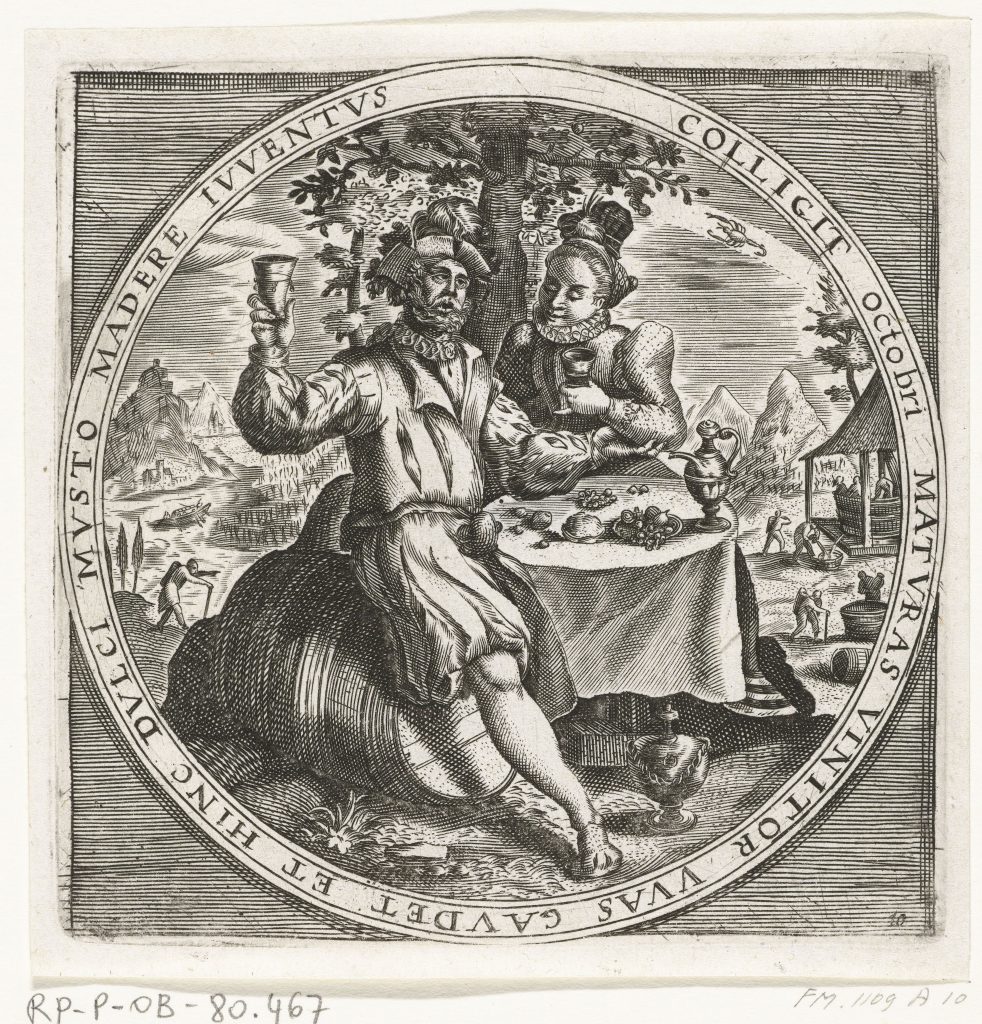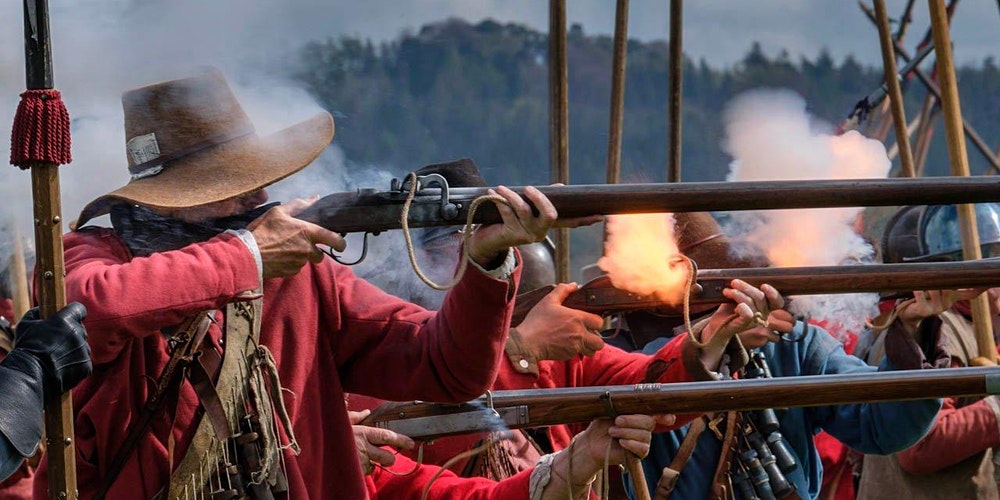
17th Century Almanac for June
The 17th Century almanac for June – the beginning of the harvest season, sheep shearing and hay making. And I have a book launching!
17th Century Life and Agricultural Labour
In the 17th Century, June saw the start of the harvest season. It was a time of hope, expectation and uncertainty. June the 2nd was St Elmo’s Day, when sheep were washed and sheared, and shepherds dinned on wafers and cake.
As today, hay making usually started in late June, preferably after the full moon. The long grass on the meadows and field headlands would be cut, dried, carried and stacked as vital animal fodder for the winter. All were involved in the harvest.
Midsummer Bonfires, Rush Bearing & Hay Moons
The 23rd of June was and is St John’s or Midsummer Eve, a time of uncertainty. The night was traditionally marked with bonfires. This ancient ceremony was supressed and lost, across most of Britain, as a result of the Civil War and Interregnum. However, it survives in Cornwall today as Golowan.
June the 24th was Midsummer, a quarter day, when labourers queued to be hired for the harvest season, until Michaelmas. Those chosen were given a dinner of fresh grass-beef (the first fresh beef after winter) and peas. Finally, the 29th was the feast of St Peter and St Paul, when fresh rushes (or hay) were borne into church and home to cover the floors.
As with almost everything in the 17th Century, the hay harvest was ruled by the moon. For those still interested in the moon’s effect on our plants, animals and tides, the new Hay Moon will rise on the 6th and be full on the 22nd of June this year, just after the solstice. Hay making should follow. But then again, as the saying goes, get it made while the sun shines.
The Battle of the Dunes, Dunkirk & D-Day 80
The 14th of June is the anniversary of both the Battle of Naseby (1645) and the Battle of the Dunes (1658). This latter battle is often forgotten in UK, but saw regiments of the New Model Army in close and bitter combat with Charles II’s royalist army in a huge pan-European battle outside Dunkirk in Flanders, now Northern France.
Operation DYNAMO saw the extraordinary rescue, from the same beaches, of some of those same regiments – including the Grenadier Guards and Queens – on the 4th of June 1940. This year we will commemorate D-Day 80, when both regiments returned to Europe on the 6th of June 1944. Finally, the Grenadier Guards will help mark the official birthday of King Charles III with Trooping the Colour on the 15th of June.
Whether you are shearing sheep, making hay, or launching your own book – have a bounteous June. As ever, if this post is not the full crop you were hoping for, please tell me what is missing.
Follow & Read More
I will post more of the 17th Century Almanac and yearly activity in Early Modern Britain, next month. If you would like to receive an email notification of the next post, please click the button to follow.
In the meantime, this website includes more posts and articles about life in 17th Century Britain, Europe and the Americas at Historical Notes and Maps. These include notes and pages on the impact of the Little Ice Age and The General Crisis of the 17th Century. They include articles on the English Revolution and Great Rebellion. They also include Pike and Shot Warfare and battles of the English Civil War.
You can also find more posts on Early Modern history, Living History and re-enactment at News & Events. You may also wish to read about the English Civil War history talks and battlefield walks I give.
See More & Share
Alternatively, check out Facebook, Instagram, Twitter or YouTube for more posts. These include notes from my historical research, Living History and English Civil War fiction. They also include upcoming events and opportunities to meet. Or, follow on social media at #DividedKingdomBooks or #EnglishCivilWarFiction on:
If you want even more, join us in the Divided Kingdom Readers’ Club. Clubmen receive FREE access to exclusive short stories, email and more. Click the link to sign up and join us.
Spread the Word
If you like what you see, please click, share and spread the word via email or your social media on:



